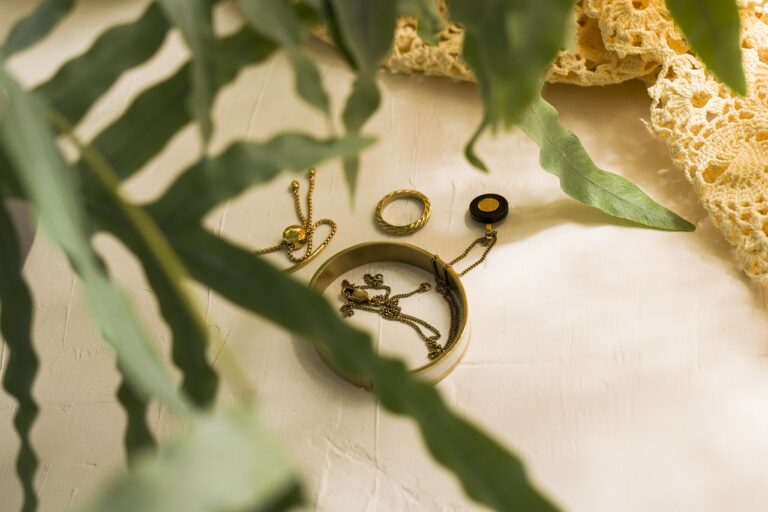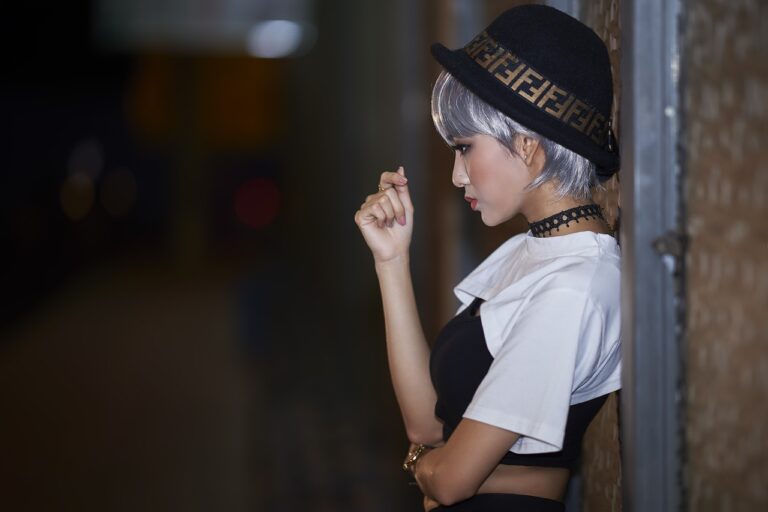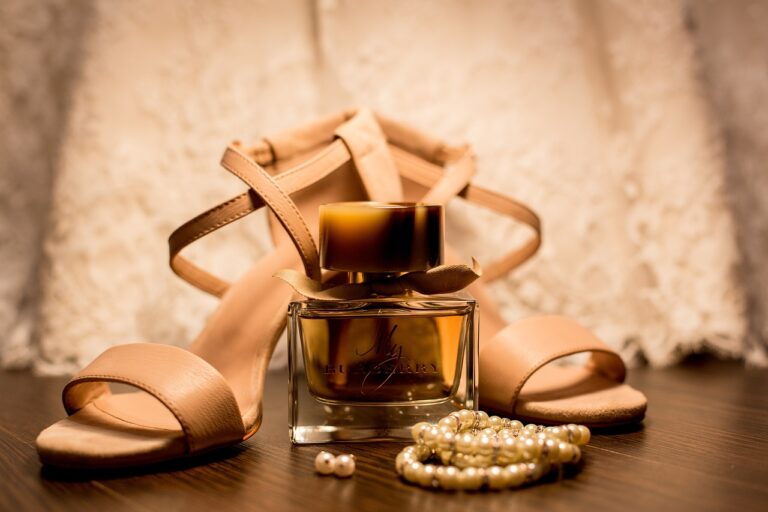The Evolution of Beauty Standards in Fashion: From the Gibson Girl to the Instagram Model
The concept of the Gibson Girl emerged in the late 19th century and captured the essence of feminine beauty during that era. The Gibson Girl was illustrated by Charles Dana Gibson as a representation of the ideal woman – independent, confident, and sophisticated. This iconic image set a new standard for beauty that was celebrated in art, literature, and fashion at the time. The Gibson Girl was known for her hourglass figure, with a tiny waist, full bust, and flowing hair, embodying grace and poise in every aspect of her portrayal.
Her style was characterized by high-necked blouses, long flowing skirts, and elegant accessories that emphasized a sense of refinement and elegance. The Gibson Girl became a symbol of aspirational beauty for women of the time, with many striving to emulate her look and demeanor. This depiction of beauty was a departure from the previous ideals of modesty and submission, instead promoting a more self-assured and liberated image for women in society. The Gibson Girl served as a harbinger of changing attitudes towards femininity and helped pave the way for future iterations of beauty standards in the decades to come.
• The Gibson Girl emerged in the late 19th century as an ideal of feminine beauty
• Illustrated by Charles Dana Gibson, she represented independence, confidence, and sophistication
• Known for her hourglass figure with a tiny waist, full bust, and flowing hair
• Her style included high-necked blouses, long flowing skirts, and elegant accessories
• The Gibson Girl symbolized aspirational beauty for women of the time
Flapper Fashion: Embracing a New Standard of Beauty
One of the defining characteristics of the flapper fashion movement was its bold departure from traditional norms. Flappers rejected the long, restrictive garments of the past in favor of shorter, more streamlined silhouettes that allowed for greater freedom of movement. This shift in style not only signaled a changing attitude towards femininity and beauty but also reflected the evolving social landscape of the time.
Flapper fashion embraced a more androgynous look, with women opting for looser, more boyish cuts that challenged conventional notions of femininity. The iconic dropped waistlines, straight skirts, and bobbed haircuts became emblematic of the flapper aesthetic, embodying a sense of independence, rebellion, and modernity. By embracing a new standard of beauty that emphasized individuality and self-expression, flappers paved the way for a more liberated and empowered vision of womanhood.
Hollywood Glamour: Redefining Beauty in the Golden Age of Cinema
During the Golden Age of Cinema, Hollywood played a significant role in redefining beauty standards. Actresses like Marilyn Monroe and Audrey Hepburn captured the hearts of audiences worldwide with their iconic looks and sophisticated style. The glamour and elegance displayed on the silver screen influenced fashion trends and beauty ideals, setting a new benchmark for femininity and allure.
The allure of Hollywood beauty was not just about physical appearance, but also about the confidence and charisma that these actresses exuded. Stars like Grace Kelly and Elizabeth Taylor embodied grace and poise, becoming timeless symbols of beauty and sophistication. Their impact on popular culture was profound, shaping the way people viewed beauty and glamour for generations to come.
Who was the Gibson Girl and why was she considered an ideal of feminine beauty?
The Gibson Girl was a character created by artist Charles Dana Gibson in the late 19th and early 20th centuries. She was portrayed as the epitome of American beauty, with her hourglass figure, elegant posture, and stylish attire, setting a new standard for feminine beauty at the time.
What was Flapper Fashion and how did it challenge traditional notions of beauty?
Flapper Fashion refers to the bold and rebellious style embraced by young women in the 1920s. The flapper look featured short haircuts, loose-fitting dresses, and bold makeup, challenging the traditional standards of beauty that emphasized long hair, corsets, and modest attire.
How did Hollywood glamour redefine beauty in the Golden Age of Cinema?
Hollywood glamour in the Golden Age of Cinema showcased a new standard of beauty that combined elegance, sophistication, and allure. Actresses like Marilyn Monroe, Audrey Hepburn, and Grace Kelly became icons of beauty, influencing fashion trends and setting the bar for feminine allure in the entertainment industry.





